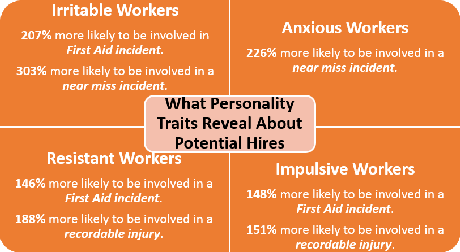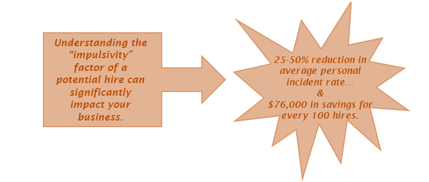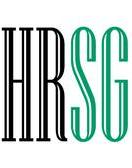
Author: Ryne Landers
At long last, the recession is receding and the mining, construction, and utilities industries seem to be recovering and expanding again. At the same time, many of the experienced work force is entering retirement age and leaving a vacuum in their place as they begin to exit the workforce. This presents quite a human capital challenge that has left HR and staffing departments scrambling. Hiring the right employees, screening out bad employees, and properly coaching existing employees is not as easy as it once was.It is now more critical than ever
to find, retain and train the right employees to get the job done efficiently
and effectively. Hiring and retaining top-notch staff saves companies much
needed time and money.
Many employers are asking themselves
these questions:
♦What is the best way to find and
retain top talent and how do you measure the effectiveness of potential hires?
♦How do you train new hires and
employees effectively to maximize performance and develop a culture of success?
♦How can you use the latest trends
and strategies to guide your company’s development?
The data analysis looked carefully
at personality and safety incident data from 80 Supervisory/Management
Employees and Front-Line Workers, and these were the results:
_____________________________________________________________________________
The
personality traits of “Impulsivity”, “Anxious” and “Distractibility” appear to
be factors in elevated incident rates of crew members. The risk levels were
significantly lower in “Resistance” and “Impulsivity”. Their workers were most
likely to follow rules and guidelines without questioning or pushing back.
_____________________________________________________________________________
The results allowed the mining
company to gain the following:
♦A clear view of the traits of a
high performing worker to be used in external hiring and internal promotion.
♦Knowing the “ideal profile” to help
ensure the right fit between candidate and job type.
♦A better understanding of how to
train and develop workers and manager.
♦A means to provide tailored
coaching and training to compensate for performance gaps.
Impulsivity is just one personality
characteristic that can affect a manager or front line employee’s job
performance. Impulsivity refers to the degree to which a person seeks
excitement and taking risks, versus carefully evaluating options before making
decisions.
Studies show that the higher the
impulsivity rate of a person, the greater the incidence of personal injury on
the job. Avoiding hiring this type of employee can benefit your business
tremendously:

Further analysis of personality traits of workers reveals these results:
Consider Personality Profiles
The takeaway from the information in this study for HR personnel is that it is time to consider using a personality or job compatibility analysis as an efficient predictor of the type of individual they are hiring. For example, if you need a superintendent who is organized and works well under pressure without snapping, these types of profiles can help you find people who are skilled at handling more stressful scenarios, thereby reducing the chances of injuries to crew members and damage to equipment.
Personality Profiles for Developing Effective Training
Understanding the personality traits of employees can also aid you in developing training programs based on these dimensions. You can implement programs that reduce Resistance, Anxiousness, Irritability and Impulsiveness. You can also develop personas of high functioning, successful employee characteristics, or an “Ideal Profile” of High Performing Employees. Consider setting ranges for specific job roles within your company to help inform job placement and work assignments as well.
Use this information by analyzing it over a period of time to discover long-term trends within your company. Data sets determined over long-term can be used to inform holistic human resource policies and safety program that only benefit your business, saving you time, money and frustration. Click Here for the latest articles by the Author.

